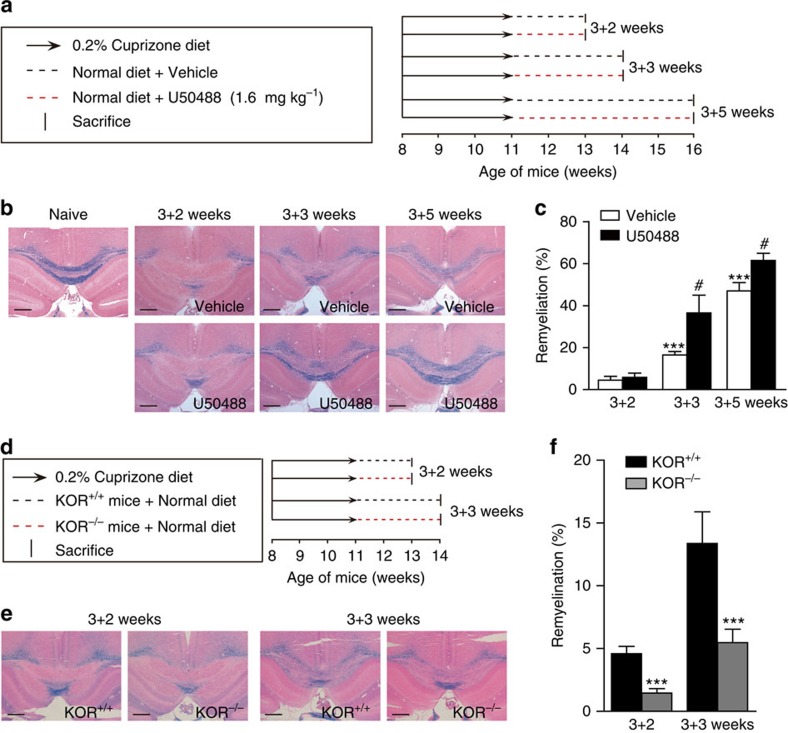Figure 4. Activation of KOR promotes remyelination in cuprizone-induced demyelination mice model.
(a) Demyelination was induced in WT C57BL/6 mice by feeding with a 0.2% cuprizone containing diet for 3 weeks. Following cuprizone withdrawal, the mice were treated with vehicle or U50488 (1.6 mg kg−1) for 2, 3 or 5 weeks (wks). (b) Representative images of the corpus callosum region stained with Luxol fast blue after cuprizone and U50488 treatment. Scale bars, 500 μm. (c) Statistical analysis of the myelinating areas in b. Six animals from each group were killed and six sections of the corpus callosum region of each animal were analysed. ***P<0.001 versus 2 wks treatment group, #P<0.05 versus vehicle group (Student's t-test). (d) Demyelination was induced in KOR+/+ or KOR−/− C57BL/6 mice by feeding with a 0.2% cuprizone containing diet for 3 wks. Following cuprizone withdrawal, the KOR+/+ or KOR−/− mice were fed with a normal diet for 2 or 3 wks. (e) Representative images of the corpus callosum region from KOR+/+ or KOR−/− mice stained with Luxol fast blue after the cuprizone treatment. Scale bars, 500 μm. (f) Statistical analysis of the myelinating areas in e. Six animals from each group were killed and six sections of the corpus callosum region of each animal were analysed. ***P<0.001 versus KOR+/+ (Student's t-test).

